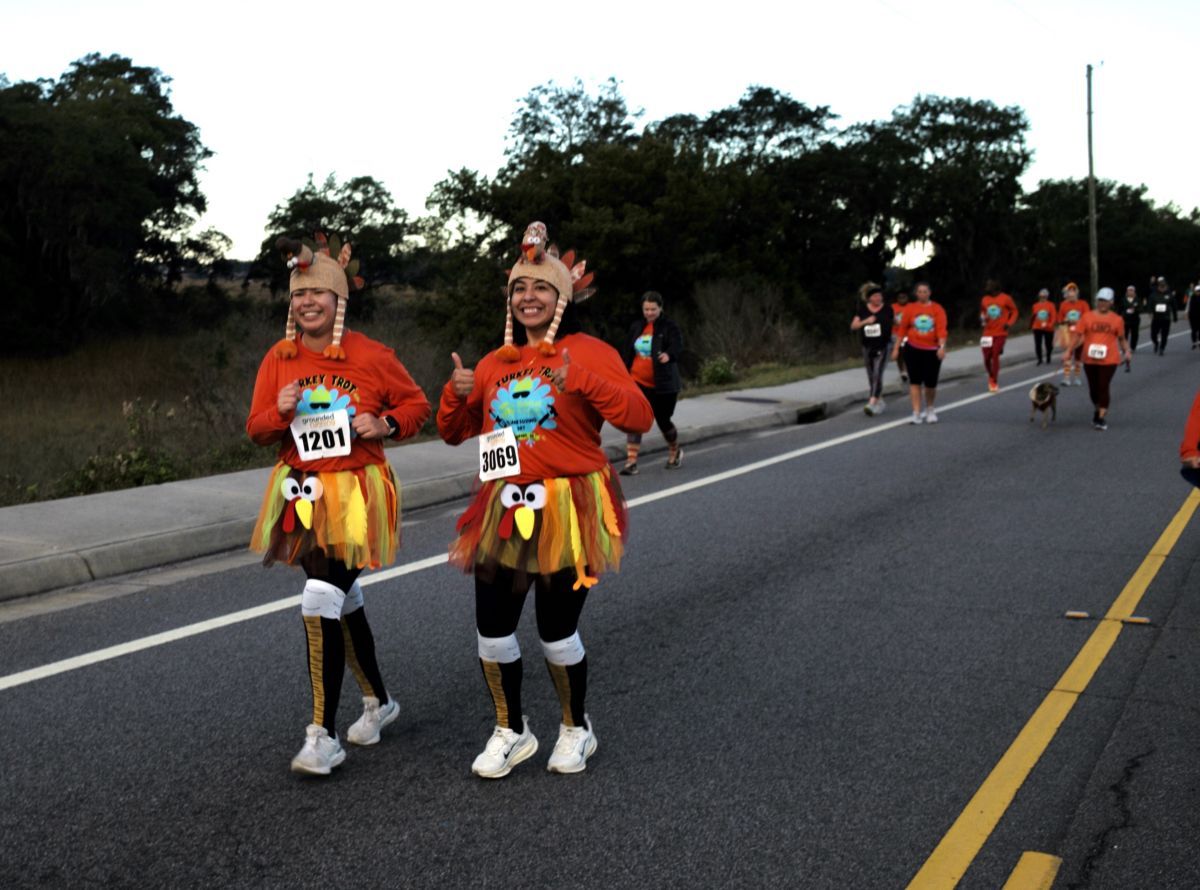
By Tony Mills
More than 100 species of dragonflies prowl our state, many of them right here in the Lowcountry. Common names like comet darner, cobra clubtail and dragonhunter to name a few, hint at the myths surrounding these common wetland creatures.
 Legend has it that dragonflies, sometimes called devil’s darning needles, have the ability to sew up injured serpents with their bodies. These “snake doctors” were also rumored to have the ability to warn snakes of impending danger. Other legends suggested that these primitive insects followed and protected children from the dangers of the woods.
Legend has it that dragonflies, sometimes called devil’s darning needles, have the ability to sew up injured serpents with their bodies. These “snake doctors” were also rumored to have the ability to warn snakes of impending danger. Other legends suggested that these primitive insects followed and protected children from the dangers of the woods.
In reality, dragonflies belong to an order of insects called Odonata, Latin for “toothy ones”. They differ from the closely related damselflies in that they hold their wings flat and parallel to the ground (damselflies fold the wings vertically). Like other insects, dragonflies have six legs and a body divided into three body parts (head, thorax and abdomen). They use their two pairs of wings to fly at incredible speeds often chasing down and capturing speedy flies and other insects in mid air. Often referred to as “mosquito hawks”, these beneficial insects, feed on a variety of “pesky” bugs.
If you spend time watching dragonflies in the wild you’ll see a variety of fascinating behaviors associated with catching food, seeking mates and securing territories. Elaborate mating rituals take place in the spring and summer for most species. The fertilized eggs are deposited on aquatic plants in a wetland where they hatch into larvae called nymphs or naiads. These larvae are voracious predators feeding on a variety of insects, frogs salamanders and even small fish. The mouthparts extend over half the length of the body. These alien-like parts are fired at prey to catch it and hold it in a feeding position.
The larvae grow rapidly and reach larval maturity in a few months or years depending on species. To ready themselves for metamorphosis, they climb out of the water on a stick, limb or leaf. The outer covering splits and an adult dragonfly crawls out from the casing. Dragonflies are especially vulnerable to predation at this stage and many are eaten by fish, birds and even other dragonflies who cannibalize their own siblings. It may take the insect hours to ready its body for flight and for the wings to fill with blood and cure. Initially these newly formed adults may be pale, but later develop the bright blue, green and red hues of their particular sex and species. After drying the adult dragonfly starts its short life in the air. The males spend much of their lives patrolling territories, mating and catching food. Adults rarely live more than a month. After a few weeks of living life to the fullest, their bodies are eaten by a variety of fish, birds and other insects.






